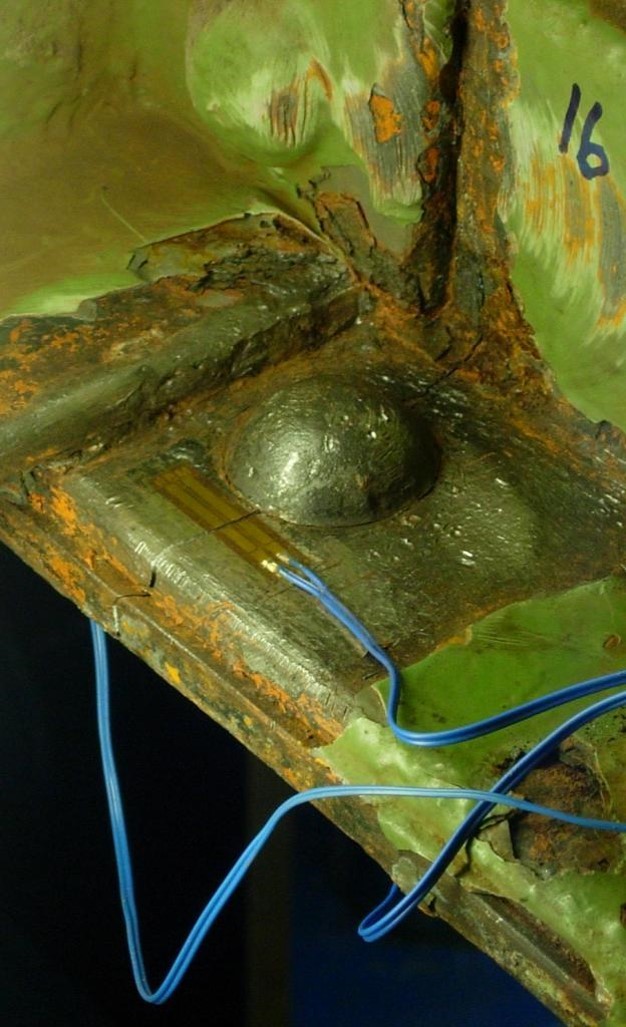Structural reliability and remaining service life of existing bridges

In recent years, a large number of existing railway bridges have reached the originally planned service life, while traffic volumes have been higher than forecast. For reasons of economic efficiency, but often also for the preservation of historical structures, a new replacement for these structures is not desired. This raises for many load-bearing structures the question of their further usability, in particular the remaining service life against fatigue and corrosion as well as the residual load-bearing capacity against increased axle loads or faster passage. The use of materials that can only be welded to a limited extent and joining techniques that are no longer common today (riveting technology) requires a more in-depth examination of the special properties of these structures and materials in order to achieve accurate predictions of the structural safety and the service strength.
In our group, we deal with several aspects within this field:
- Required adaptation of the semi-probabilistic design concept for structural safety verifications within the ultimate limit state;
- Determination of special fatigue strength values for riveted and older welded construction details;
- Fracture safety, crack propagation, "life with cracks" in existing structures.